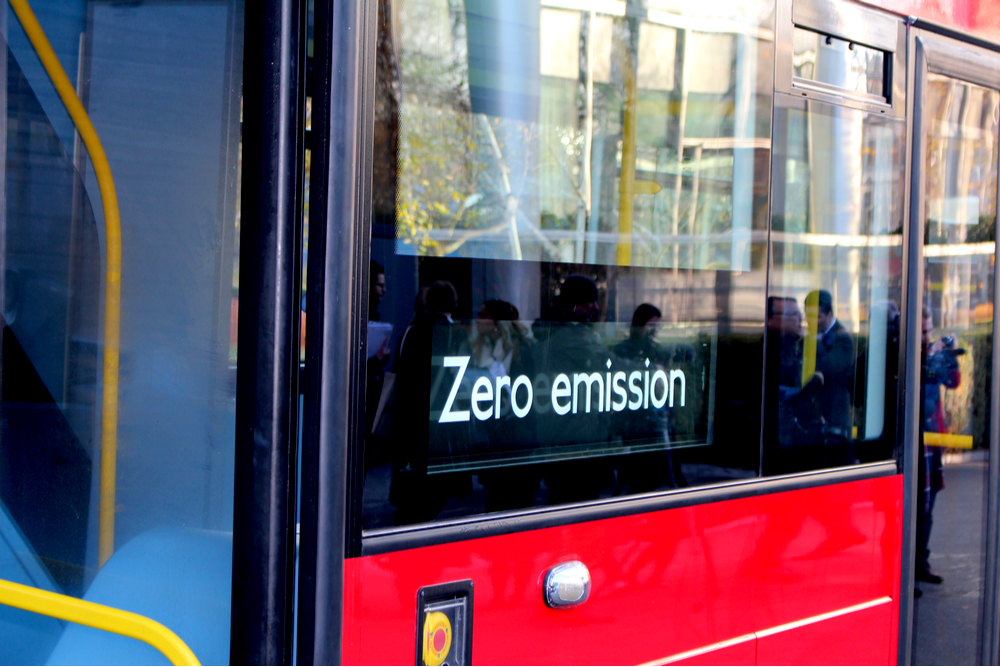Can Zero Emission Bus Public Transportation Accommodate Wheelchairs?

An Era of Clean Mass Transportation Has Begun
If you have ever had the unfortunate opportunity to be standing at a bus stop on a windless day as a fixed route transit bus drives away, there are times that you can get a face full of black diesel smoke as the vehicle pulls away, accelerating back down the route. It can leave your eyes burning as you gasp for air. An unpleasant experience to say the least! Transit agencies and advocates for sustainable and eco-friendly transportation have been requesting cleaner fuel alternatives for decades. Research and technological changes over the past few years are finally starting to gain momentum in the direction of a healthier tomorrow.
2020 Low or No Emission FTA Grant Program Funding
The Federal Transit Authority (FTA) has announced this year competitive grants of more than $130 million under the Low or No Emissions Grant Program. Any urbanized area in the U.S. with a population over 200,000 is eligible for these ZEB Grants through FTA’s 5307 Program. Projects that will be reviewed and competitively awarded will include acquisition, through the purchase or leasing of buses and related equipment as well as facility enhancements to meet Low or No requirements. Between 2016 and 2019, FTA has processed about 350 applications requesting approximately $1.5 billion in Low-No funding. These trends continue to rise as market demands for ZEB fleet requirements increase and the state of California is leading the charge on these new endeavors. Collaborations through new initiatives, such as the C-40 Fossil Fuel Free Streets Declaration has added large urban areas in states such as Washington, Oregon, California, Arizona, Texas, Louisiana, Florida, Illinois, Pennsylvania, New York, and Massachusetts. Washington D.C. is also on board with implementing cleaner transit systems.
Wheelchair Ramp Equipped Heavy Transit Buses
Out of all states listed, California is leading the way for Zero Emission requirements. Battery electric and fuel cell electric technologies have dominated the California market in recent years. This is to reach these ZEB requirements to secure funding from the FTA for fleet vehicle leasing and purchases. As an example, the target in California for 100% ZEB fleet demands is 2026. Most wheelchair accessible transit buses utilize a fold-out ramp in which can require less power to operate than a traditional platform lift of a paratransit or full-size van application.
Wheelchair Accessible ZEB Paratransist Cutaway Buses and Full-Size Vans
In the state of California for example, cutaway bus fleets are currently exempt from California’s current ZEB fleet requirements until there are Altoona-tested vehicles that are proven to meet the rigorous demand of everyday wheelchair lift fleet requirements. That said, many believe there will be a day in which these transportation options will be held to the same ZEB standards as their larger counterparts in the heavy transit fixed-route buses.
Some technology development issues these applications may face include the following:
- Will the power source to the lift remain a standard connection as we see on today’s PT buses and vans, or are there other components involved in getting power to the lift?
- Does the structure of the zero-emission vehicle allow for a lift installation? Would there be any additional electrical wiring underneath the floor of the bus in the area in which the lift would be installed?
As some of these questions evolve with new technology entering into the industry, BraunAbility is and will remain committed to working through any future challenges with our OEMs and installers to make sure we bring a quality product to market.
Other White Papers and Commercial Articles:
- The 2020 Census: #DisabilityCounts2020
- 3 Tips to Find the Best Accessible Wheelchair Van
- Your ADA Dodge Purchasing Guide
- Buyer's Guide for Affordable Wheelchair Lifts
- Tips for Using a Portable Aluminum Wheelchair Ramps for Accessibility
- State of US Transit industry entering the American Rescue Plan Act
- BraunAbility Motor Coach Market
- Autonomy Meets Lift Design
- CARES Act
- Choosing a Commercial Handicap Lift for Your Business
